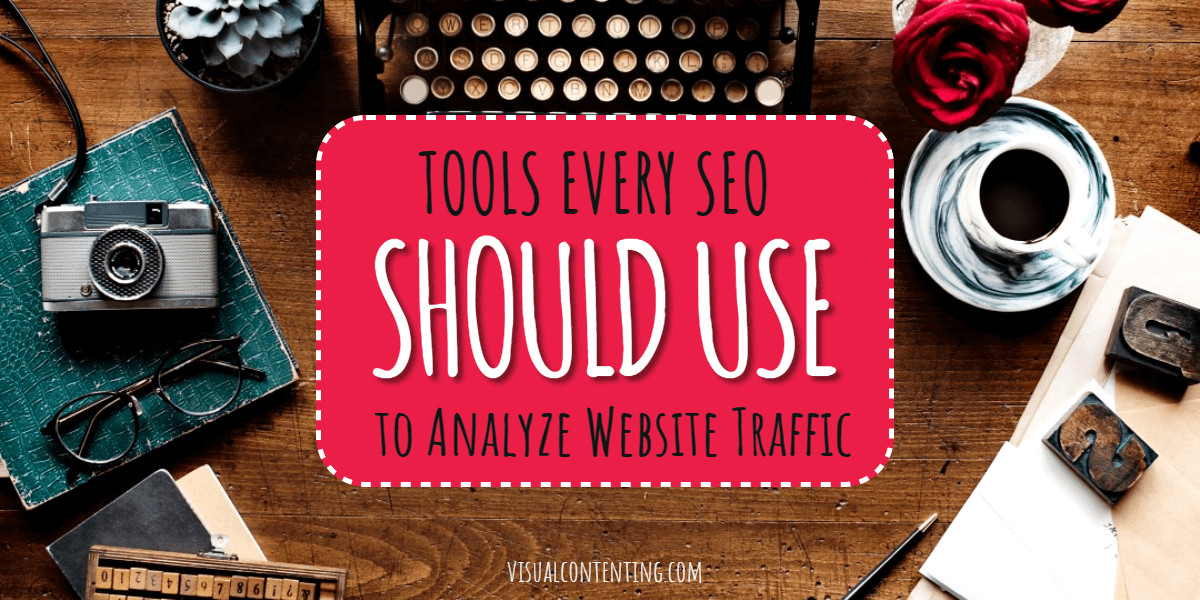Marketing technology, or martech, is a rapidly evolving field that encompasses a wide range of tools and platforms designed to help businesses improve their marketing performance. The year 2023 is set to bring new developments in martech, with emerging trends and innovations that will change the future of marketing.
Here are some of the most promising martech trends for 2023 and beyond.
1. AI and Machine Learning
Artificial intelligence (AI) and machine learning are set to revolutionize the way marketers approach their work. AI and machine learning provide valuable insights into customer behavior and preferences that were previously impossible to access. As an example, businesses use AI-powered chatbots to analyze customer interactions in real-time, delivering personalized marketing messages and offers to individual customers.
Example:
Sephora uses AI to personalize the shopping experience for customers, using machine learning algorithms to recommend products based on customer preferences, purchase history, and browsing behavior. The company's chatbot, Sephora Virtual Artist, uses AI to provide customers with personalized makeup recommendations and try-on experiences.
2. Blockchain
Blockchain technology is best known for its role in cryptocurrencies, but it has potential uses in marketing as well. It helps businesses build trust with their customers and ensure the integrity of their marketing efforts with decentralized, secure systems for tracking customer data and transactions.
Example:
One example of blockchain technology in martech is the adChain project, which uses blockchain to create a transparent and fraud-resistant ad network. adChain provides advertisers with greater confidence in the accuracy of their ad metrics through blockchain in tracking and verifying ad impressions and clicks.
3. Personalization
Personalization is a trend that has been around for some time, but it is set to become even more critical in the martech landscape of 2023. It is all about tailoring marketing efforts to the specific needs and interests of individual customers, creating a more customized and engaging experience for them.
Businesses can now collect and analyze vast amounts of customer data to create more personalized marketing campaigns by understanding customer's behavior, interests, and preferences. As a result, businesses can create targeted messaging, offers, and experiences that are more likely to resonate with the customer.
Example:
Amazon's personalized recommendation engine uses machine learning to analyze a customer's browsing and purchase history to recommend products they are more likely to be interested in.
4. Voice Search and AI Assistants
As voice search and AI assistants become more prevalent, marketers must adapt their strategies to optimize for these platforms. With the rise of smart speakers and virtual assistants like Amazon Alexa and Google Assistant, customers can now search for products and services using their voice, instead of typing in a search query. Visual search, where customers can search for products using images, is also becoming more prevalent.
Example:
Pinterest has developed a visual search feature that allows users to search for products using images. Users can upload a photo of an item they like and then see similar products available for purchase on the platform.
5. Virtual and Augmented Reality
Virtual and augmented reality (VR/AR) technologies have been around for several years, but they are only just starting to gain traction in the world of martech. VR and AR have the potential to transform the way that businesses interact with customers, providing immersive experiences that can drive engagement and sales.
Businesses can capture the attention of their target audience in new and exciting ways through immersive, interactive experiences that blend the physical and digital worlds. AR-enabled product demos and VR-enabled virtual events can also help businesses drive engagement and sales.
Example:
Home furnishing retailer IKEA has launched a VR app that allows customers to visualize furniture in their homes before making a purchase. The app uses AR to create a 3D model of the customer's room and then overlays furniture from the IKEA catalog.
6. Social Media and Influencer Marketing
Social media and influencer marketing have been important tools for businesses for several years, but these trends are set to continue growing in importance in the coming years. With the rise of social media platforms like TikTok and Instagram, influencer marketing has become even more critical, providing businesses with a way to reach younger audiences in a more authentic way. Social media platforms are also increasingly incorporating e-commerce features, enabling businesses to sell products directly to customers without them ever having to leave the platform.
Example:
Revolve has built its business model around social media and influencer marketing, partnering with popular influencers to showcase its products on Instagram and other social media platforms. The company has also launched its own influencer program, offering exclusive discounts and benefits to influencers who promote its products.
Data Privacy and Other Challenges in MarTech
While the emerging martech trends offer a range of exciting opportunities for businesses, they also present several challenges that businesses must navigate. One of the most significant challenges is data privacy and security.
As businesses collect and analyze increasing amounts of customer data, it is becoming more critical to ensure that data is being collected and used ethically and transparently. Customers are becoming more aware of how their data is being used, and they expect businesses to be transparent about how their data is being collected and used.
Another significant challenge is the rapid pace of technological change. New martech solutions are constantly emerging, and it can be difficult for businesses to keep up with the latest trends and innovations. Businesses must be willing to invest in new technologies and adapt quickly to stay competitive in the market.
Finally, there is the challenge of integrating different martech solutions into a cohesive marketing strategy. With so many different tools and platforms available, it can be challenging to create a seamless and integrated marketing campaign that uses each tool to its fullest potential.
To overcome these challenges, businesses must prioritize ethical data collection and usage, invest in ongoing education and training to stay up-to-date with the latest trends, and work to create a cohesive and integrated marketing strategy that leverages the strengths of each martech solution. By doing so, businesses can take full advantage of the emerging martech trends and gain a competitive edge in the marketplace.
Conclusion
As with any major shift in the business landscape, these trends also come with their own set of challenges. The ethical collection and use of customer data, rapid technological change, and the integration of multiple martech solutions are just a few of the obstacles that businesses must overcome to fully realize the benefits of these emerging trends.
To stay ahead of the curve, businesses must be proactive in their approach to martech and incorporate them into your marketing strategies. This means not only keeping up with the latest trends and technologies, but also investing in ongoing education and training to ensure that their teams have the skills and knowledge they need to succeed in this fast-changing landscape.
With the right approach and mindset, businesses can build strong, lasting relationships with their customers, and thrive in the ever-changing world of martech.







